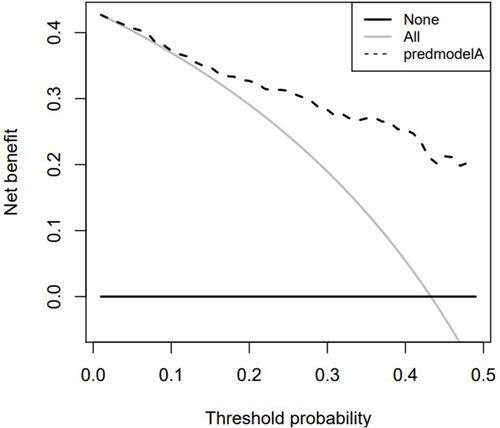Figures & data
Figure 1 The study design and the selection procession of CAD patients.
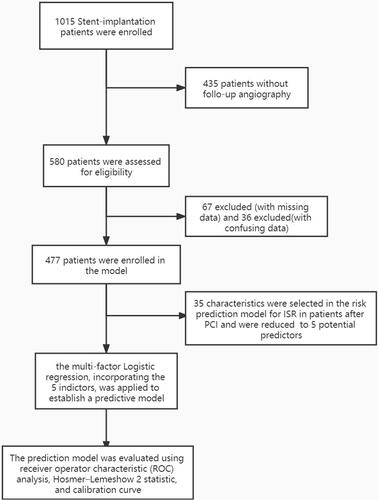
Table 1 The Baseline Characteristics of the Patients
Figure 2 Risk factors selecting using LASSO model.
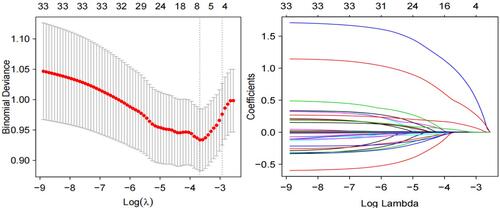
Figure 3 Nomogram to predict the probability of ISR in patients with stent implantation.
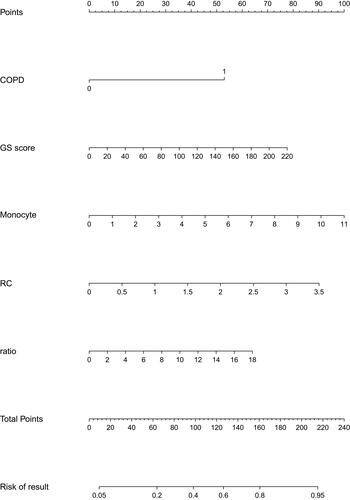
Table 2 Multivariable Logistic Regression Analysis of Predictors of ISR
Figure 4 ROC curves for validating the discrimination power of nomogram.
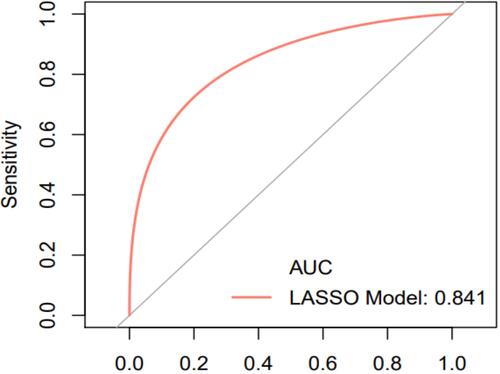
Figure 5 Calibration plots of the nomogram for the probability of PCI patients with ISR.
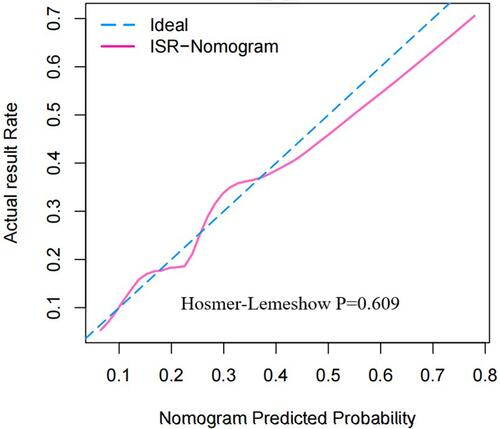
Figure 6 Decision curve analysis for the ISR prediction nomogram.
